Engineered perfectly for all UK weather conditions.

Composite decking has become increasingly popular as an alternative to traditional timber decking due to its numerous advantages. While both materials have their merits, composite decking offers a range of benefits that make it a superior choice for many homeowners and commercial properties.
One of the most significant advantages of composite decking is its durability. Made from a blend of wood fibers and plastic, composite boards are designed to withstand the elements far better than traditional timber. They are resistant to rot, mold, and insect infestations, which are common issues with timber decking. This resilience ensures that composite decking maintains its structural integrity and appearance for many years, often outlasting timber by a significant margin.
Composite decking requires far less maintenance compared to timber. Timber decks need regular staining, sealing, and occasional sanding to keep them looking good and to protect them from weathering. In contrast, composite decking only requires occasional cleaning with soap and water to remove dirt and debris. This low maintenance aspect is particularly appealing to homeowners who prefer to spend their time enjoying their outdoor space rather than maintaining it.
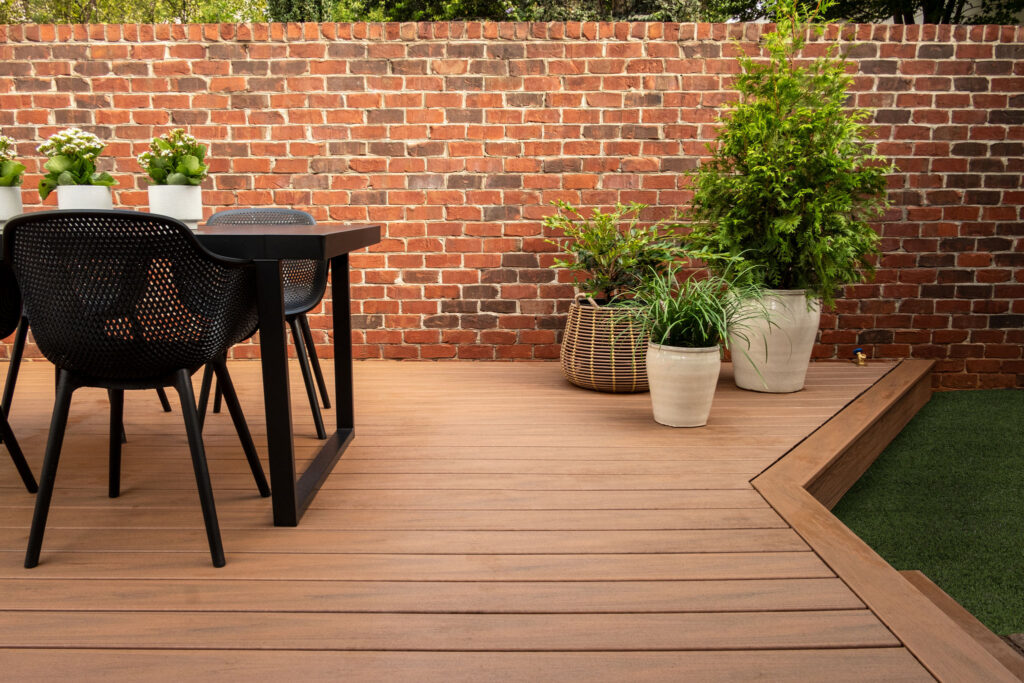
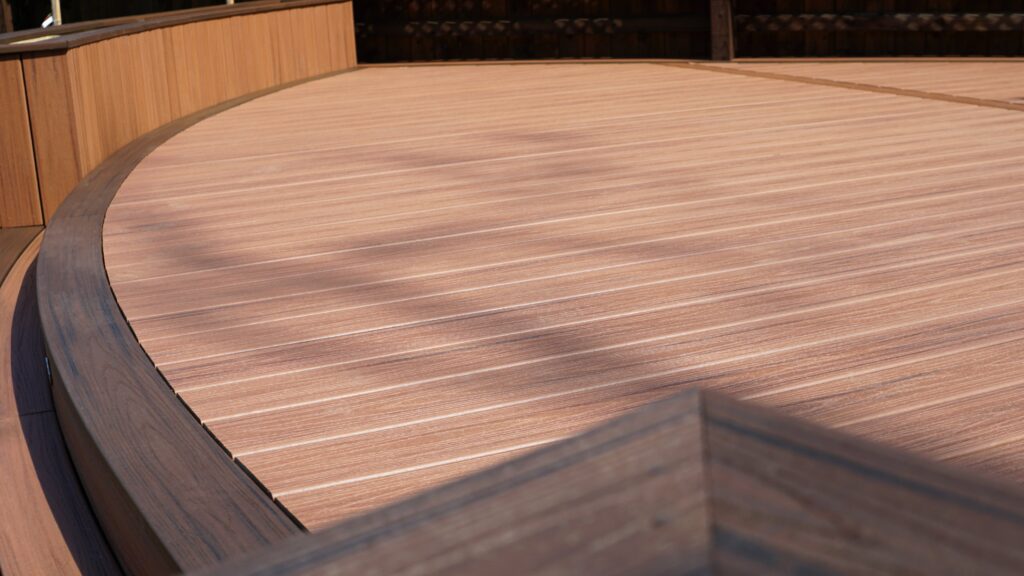
Composite decking is available in a wide range of colors, textures, and finishes, allowing for greater customization to match the aesthetic preferences of homeowners. Manufacturers can produce composite boards that mimic the natural look of various types of timber, providing the beauty of wood without the associated upkeep. Additionally, composite decking can be designed with consistent color and texture throughout, eliminating the issues of color fading and uneven wear that can affect timber decking over time.
Choosing composite decking can also be an environmentally responsible decision. Many composite decking products are made from recycled materials, such as reclaimed wood fibers and recycled plastics. This not only reduces the amount of waste going to landfills but also decreases the demand for virgin timber. By opting for composite decking, homeowners contribute to the conservation of forests and the reduction of deforestation.
While the initial cost of composite decking can be higher than that of timber, it proves to be more cost-effective in the long run. The minimal maintenance requirements and the long lifespan of composite boards mean that homeowners will save on maintenance, repair, and replacement costs over time. This makes composite decking a wise investment for those looking to enhance their outdoor living space without incurring significant ongoing expenses.
Lastly, composite decking supports sustainability efforts. Many composite decking manufacturers are committed to sustainable practices, including using recycled materials and implementing eco-friendly manufacturing processes. This aligns with the growing trend of environmentally conscious consumer choices, providing an option that supports the health of the planet while delivering a high-quality product.
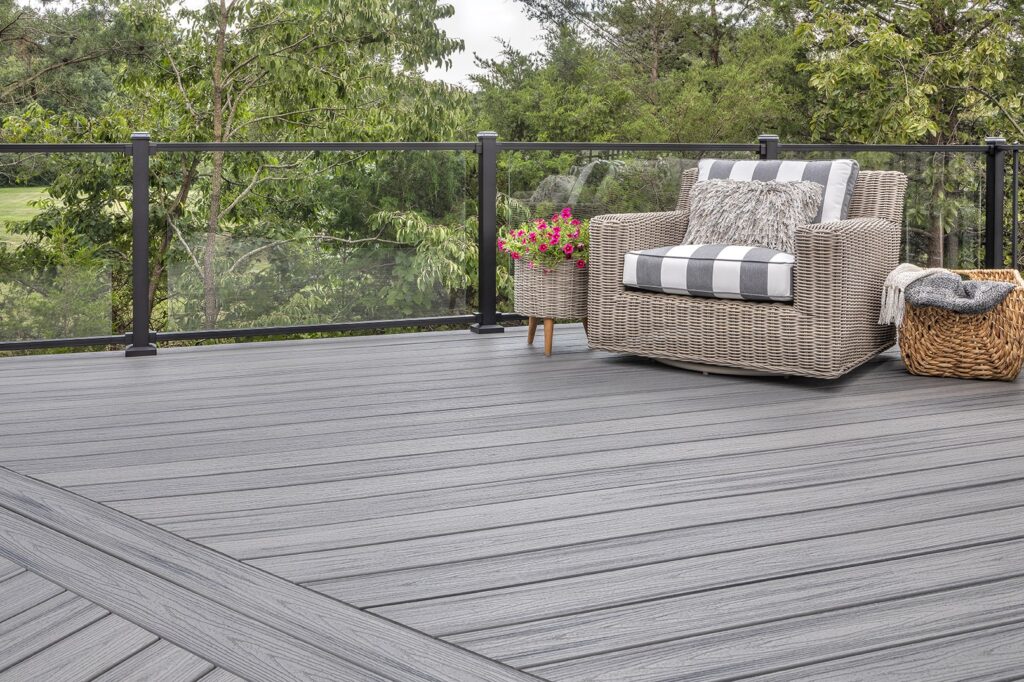
Composite decking offers a range of benefits over traditional timber decking, including enhanced durability, lower maintenance, aesthetic versatility, environmental advantages, improved safety, long-term cost-effectiveness, and sustainability. These advantages make composite decking an increasingly popular choice for those seeking a beautiful, practical, and eco-friendly solution for their outdoor spaces.

Adding balustrades and handrails not only enhances the safety of your deck but also contributes to its overall appeal.
There’s lots of options and we can talk you through them to find exactly the right thing for your decking.
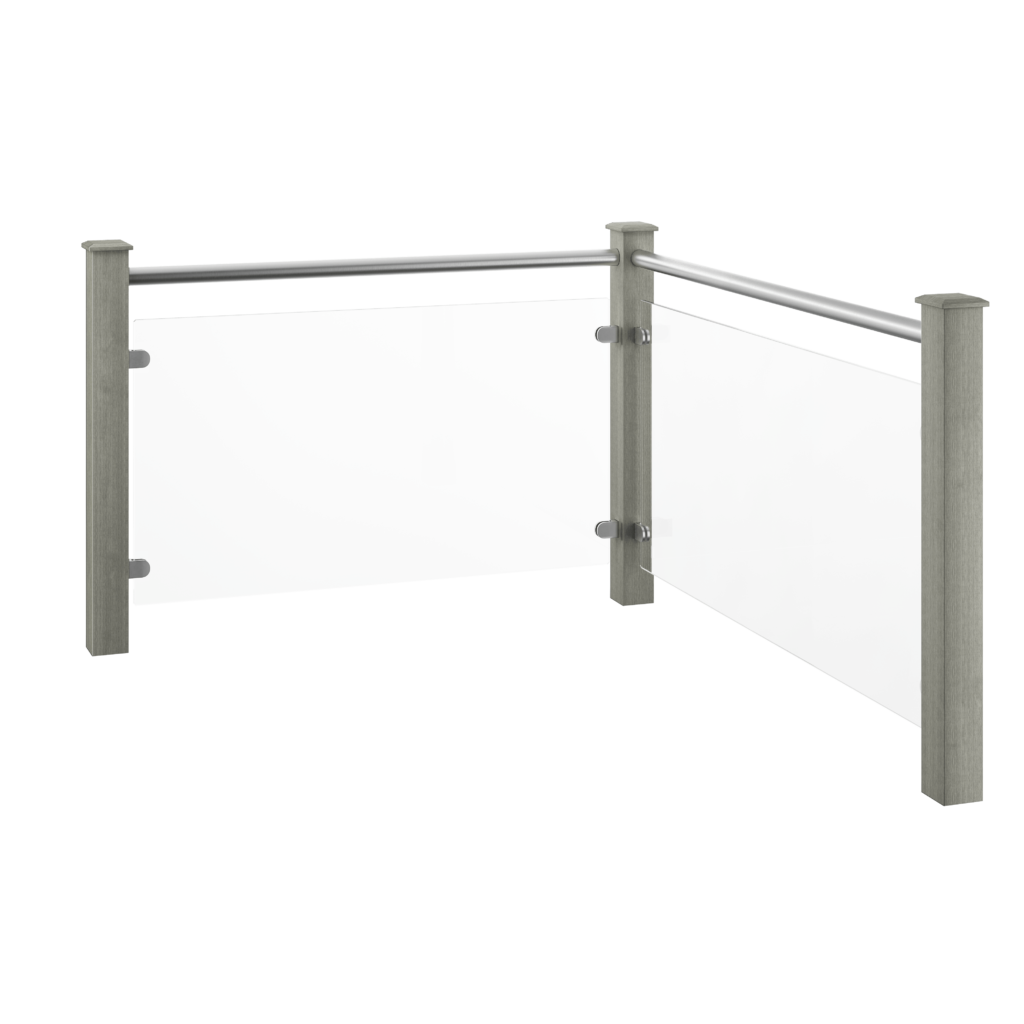
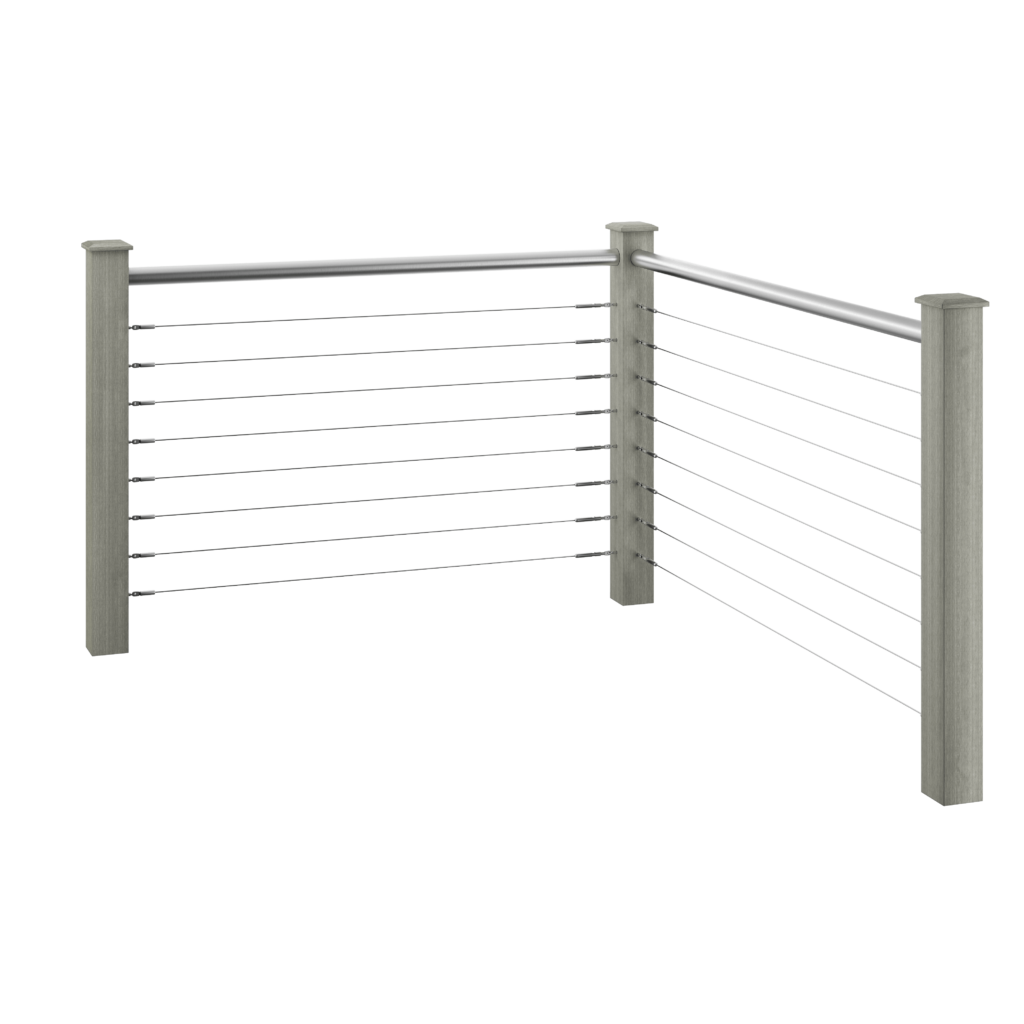
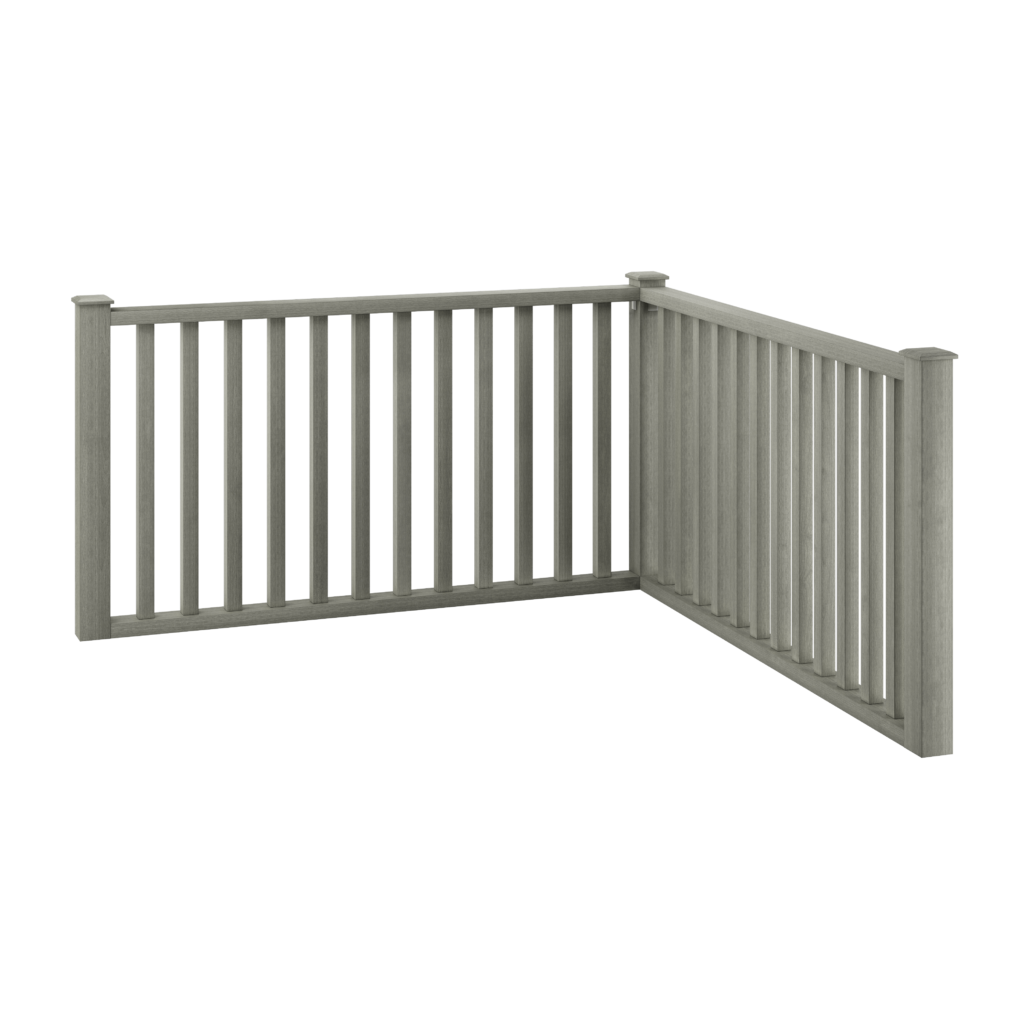
Composite decking is manufactured through a process that combines wood fibers, plastic, and additives to create a durable, low-maintenance material. Here’s a brief overview of the process:
Raw Materials
Manufacturing Steps
© Northern Home Improvements Group Ltd 2024.